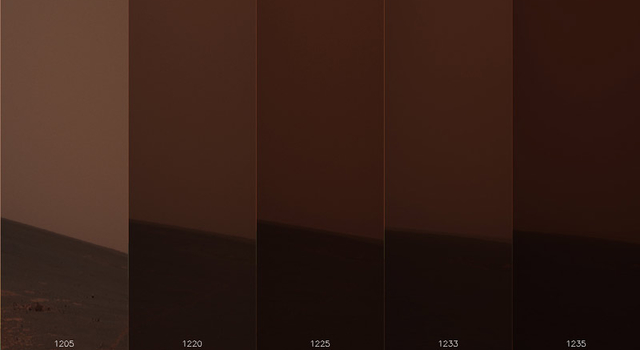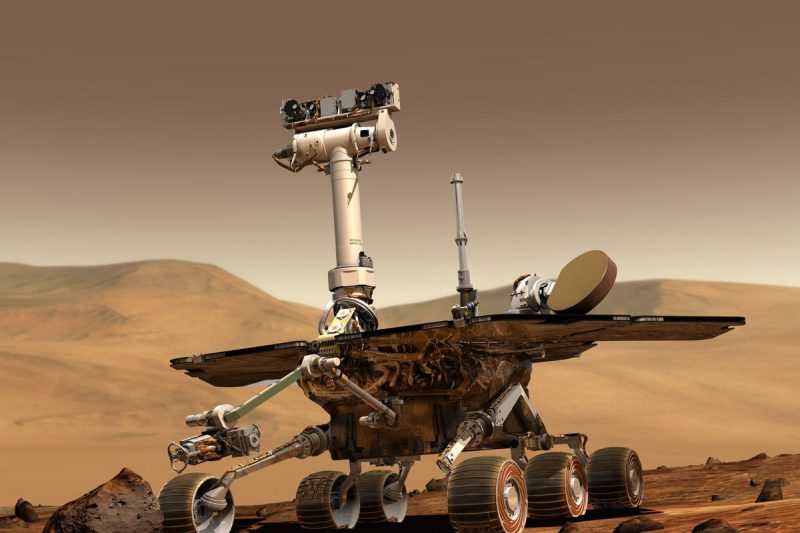A colossal dust storm broke out on the Martian surface in June and that’s when NASA’s Opportunity rover, the longest-living robot on Mars, was switched to hibernation to conserve energy so that it can phone back home when dust storm resides. But there’s a catch. Dust storms on Mars could be alive for two or three months and that’s where the problems of Opportunity rover which is a solar-powered robot commences and according to the sources suggest that it might not make it through the dust storm which has started residing.
NASA’s Opportunity rover was launched in June 2003 and it reached Mars in January 2004 along with sister rover named Spirit where the latter actually stopped working in 2010 when it eventually stopped responding after getting haywire due to the extreme cold on the Martian surface leaving Opportunity rover has a sole long-lasting survivor. It was originally sent for a three months mission but it has been able to operate for more than 15 years now but the current storm, recorded as the largest compared to others that Mars has ever seen, might not spare Opportunity for its ultimate feat of being a long-lasting robot.

Dust storms on Mars are severe and continue for months without showing signs of residing. Back in June, Opportunity stated it power reserve and how the storm has affected its ability to generate power from solar panels mounted on it after which, NASA had to switch it to hibernation mode after it’s fuel reserve lowered to a critical or faulty level.
The dust storm is residing but that’s just the one problem that Opportunity can take a relief from since it’s solar panels might have been blocked with a thick layer of fine dust that if not removed, could impair the rover’s ability to generate power and that would be the end of the mission right there.
As said, cold is another big issue on Mars where the temperature could drop to -100° F near the equator. This is where Spirit rover stopped working eventually after battling the cold weather for weeks. The latest Curiosity rover has plutonium-238 nuclear material that helps warm the internal circuits while Opportunity has a small amount of the same but by now, it must have been decayed meaning which, the rover still requires solar power to keep its circuitry warm. Although the dust storms solved this problem, engineers are fearful that the duration at which the batteries mounted on Opportunity have been deactivated, it could cause loss of electrical storage capacity.
In a press release, NASA stated that the storm is residing and that, it would attempt to charge Opportunity’s batteries and phone back home but there’s no guarantee if there’s enough energy for it to phone back home. It hasn’t provided any update as of now even and scientists are eagerly waiting for the rover to speak home. Further, it added that even if Opportunity is able to contact back home, it might not work as same as it used to do. We will have to wait until Opportunity contacts the mission control residing its status and the weather condition on Mars while for now, NASA’s Curiosity and MRO orbiter are providing the required data.


